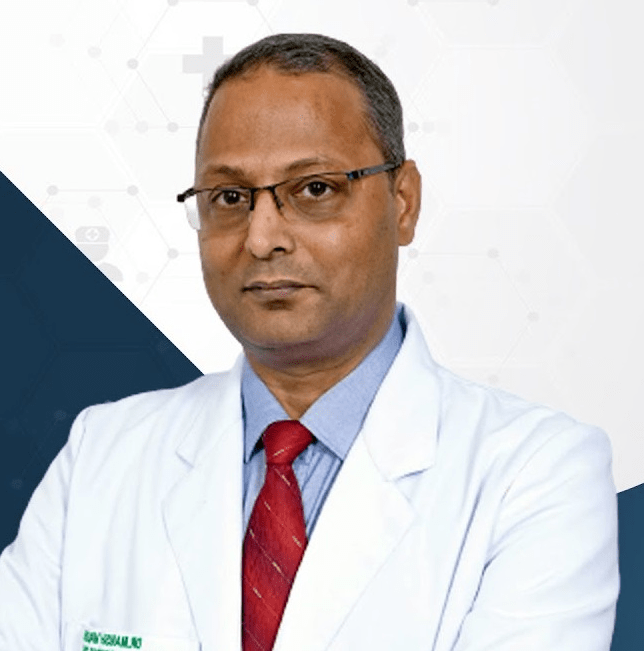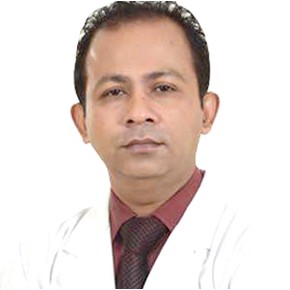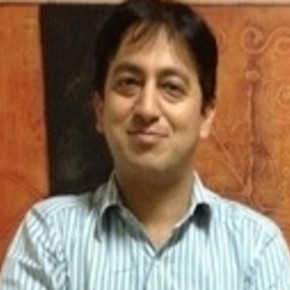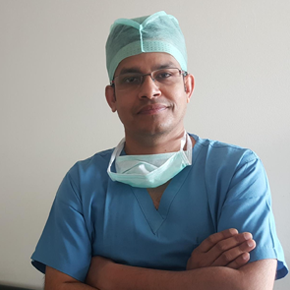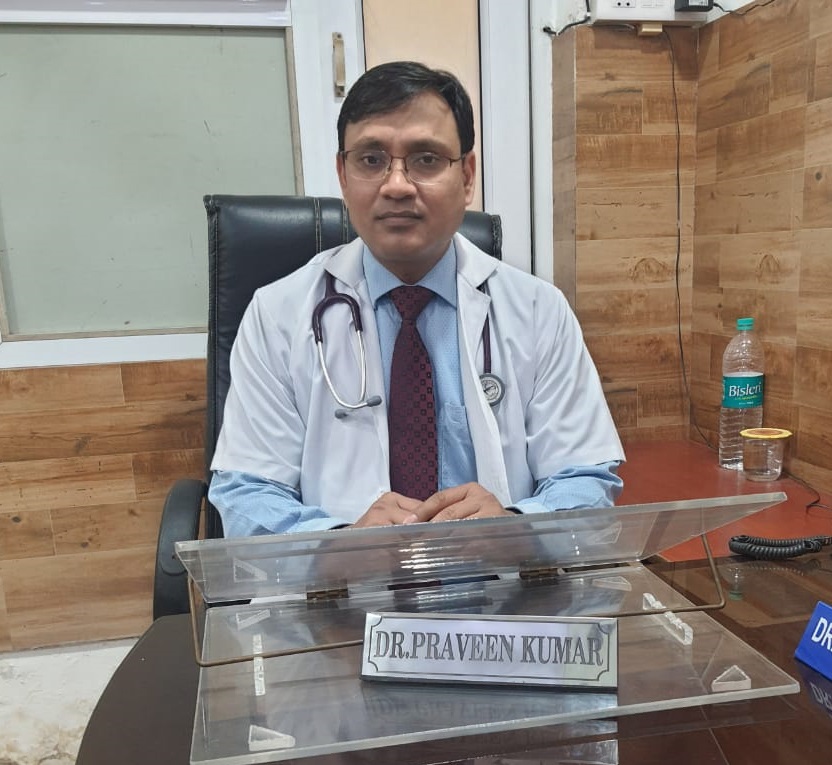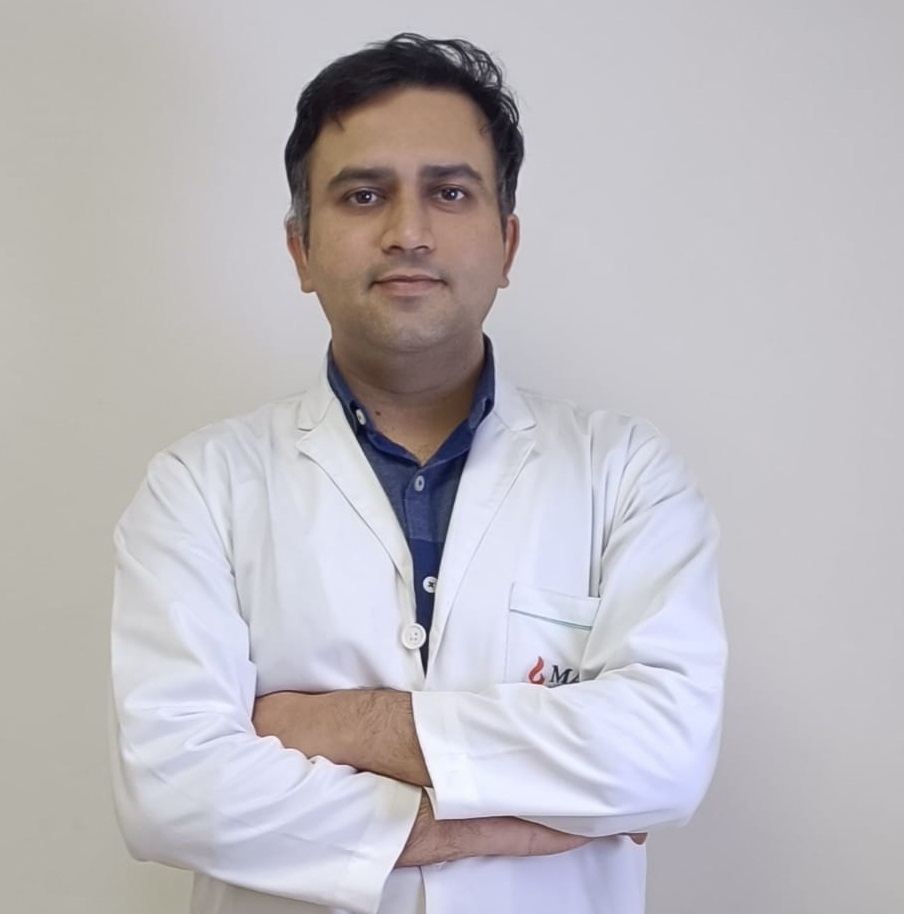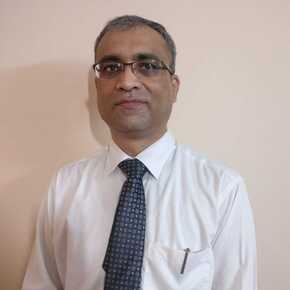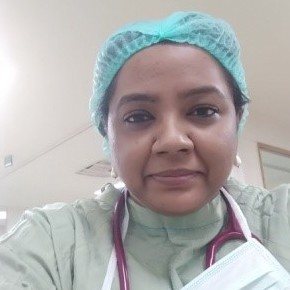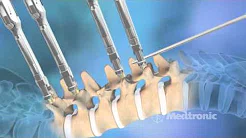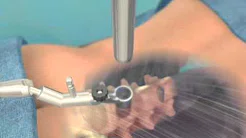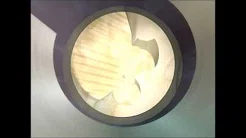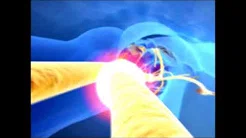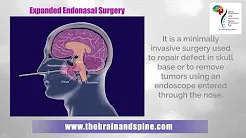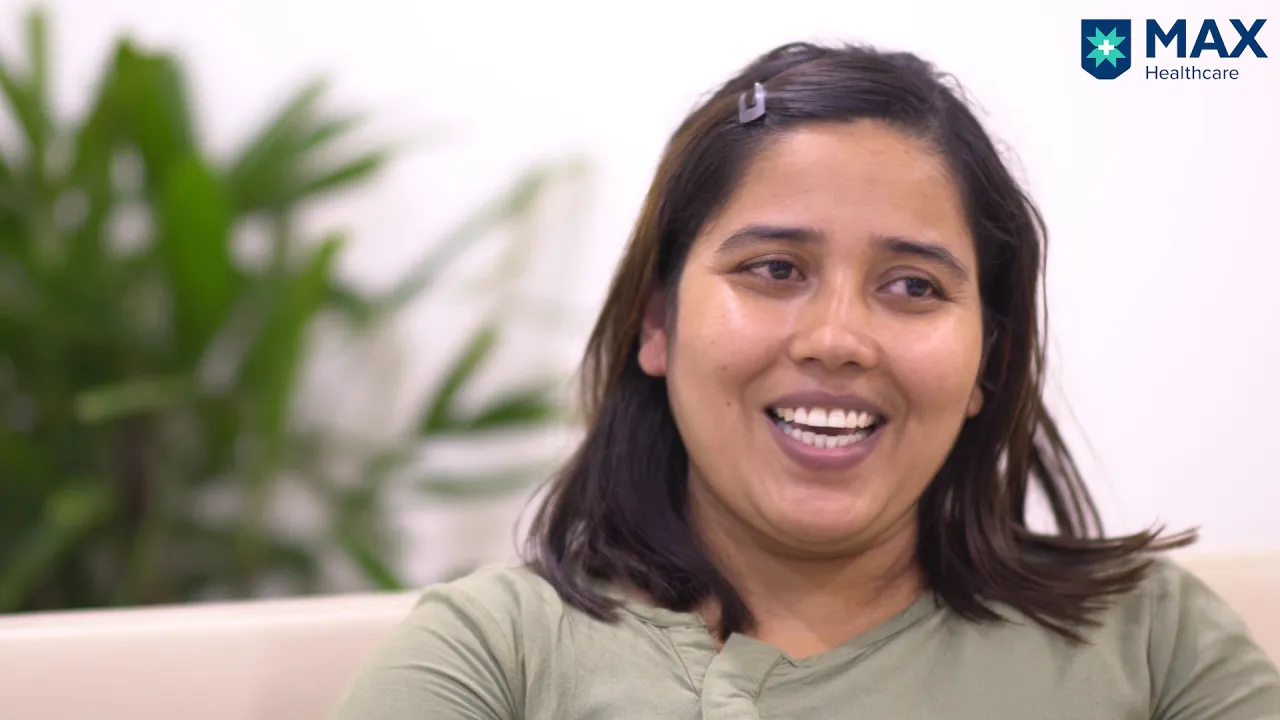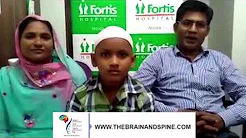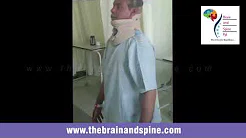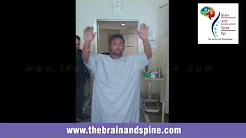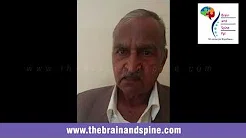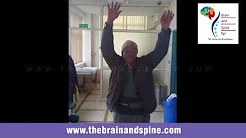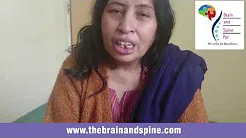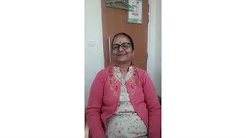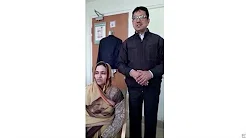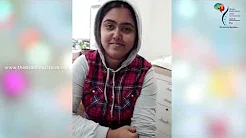Spinal Trauma Surgery
Spinal trauma or spinal cord trauma is a medical emergency that requires immediate medical care. If left untreated, it may cause long-term effects. Mild to moderate injuries can be cured with medications and other treatments. Surgery is generally performed in the following cases:
- To remove tissue or fluid that presses on the spinal cord
- To fuse broken spinal bones or place spinal braces
- To remove disk fragments, bone fragments, or foreign objects
- To realign the spinal bones
- To release pressure from the injured area
Surgery for spinal trauma is most commonly done by endoscopy or minimally invasive techniques that
require only local anesthesia. These are safer and faster techniques that allow early healing with less
damage.
There is a number of surgical options for spinal cord injury depending on the location, severity, and type of
the injury. But before narrowing down on the surgery, various diagnostic tests are performed to thoroughly
understand the abnormality and have a clear image of injury. The diagnostic tests include X-ray, CT scan,
and MRI, etc. of the spine. If the injury is not severe, the surgeon may suggest non-surgical treatment but
in severe cases, the surgeon opts for any of the following surgeries to treat spinal cord injury:
- Micro-Endo discectomy: A surgery generally performed with a minimally invasive technique to
remove a small part of the ruptured disc.
- In the cervical region, the complete disc is removed and is almost always followed by fusion.
- In the thoracic and lumbar region, a part of the disc which is causing compression is removed, sometimes a near-total removal of a disc with fusion is required, depending upon the stability of spine.
- Spinal fusion: A procedure to fuse or join two or more vertebrae in the spine. Spinal fusion
surgeries are of different types including:
- Anterior lumbar interbody fusion
- Posterior lumbar interbody fusion
- Transforaminal lumbar interbody fusion
- Minimally invasive spinal fusion: A minimally invasive technique for lower back pain due to degenerative disc disease or contained disc herniation caused by spinal trauma. Here a the para-spinal trans muscular approach is used to decrease the morbidity and early restoration of the daily life
- Surgical decompression: It is a generalized term given to procedures that relieve symptoms
caused by pressure, or compression, on the spinal cord and/or nerve roots. Different kinds of
surgical decompression methods are:
- Foraminotomy is the removal of bone and other tissue of the spine to expand the openings for the nerve roots to exit the spinal cord
- Laminotomy is the removal of just a section of the lamina of the spinal canal
- Laminectomy is the removal of the entire lamina of the spinal canal
- Corpectomy is the removal of the body of a vertebra, as well as the disks
- Laminoplasty is the reconstruction of the laminar arch to increase the space available for the spinal cord
- Kyphoplasty/Vertebroplasty: Minimally invasive procedure to treat pain and other symptoms caused by the spinal fracture.
- Anterior Cervical Discectomy and Fusion: A treatment option for neck problems due to fractures, spinal instability, and herniated disc.
- Spinal Cord Stimulation: It is the procedure of surgical implantation of a spinal cord stimulator under the skin to send electrical impulses to control or relieve chronic spinal pain.
Post-operative care
It is very important to take proper care as the surgery is done in one of the most important parts of the human body. Follow-up therapies and medications will be based on the kind and severity of the surgery.
Related videos :
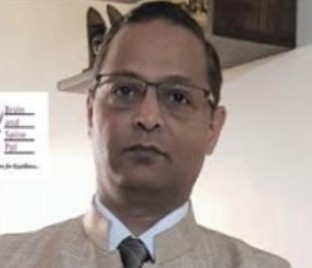

 Request an Appointment
Request an Appointment Request Online Consultation
Request Online Consultation Enquiry form
Enquiry form
